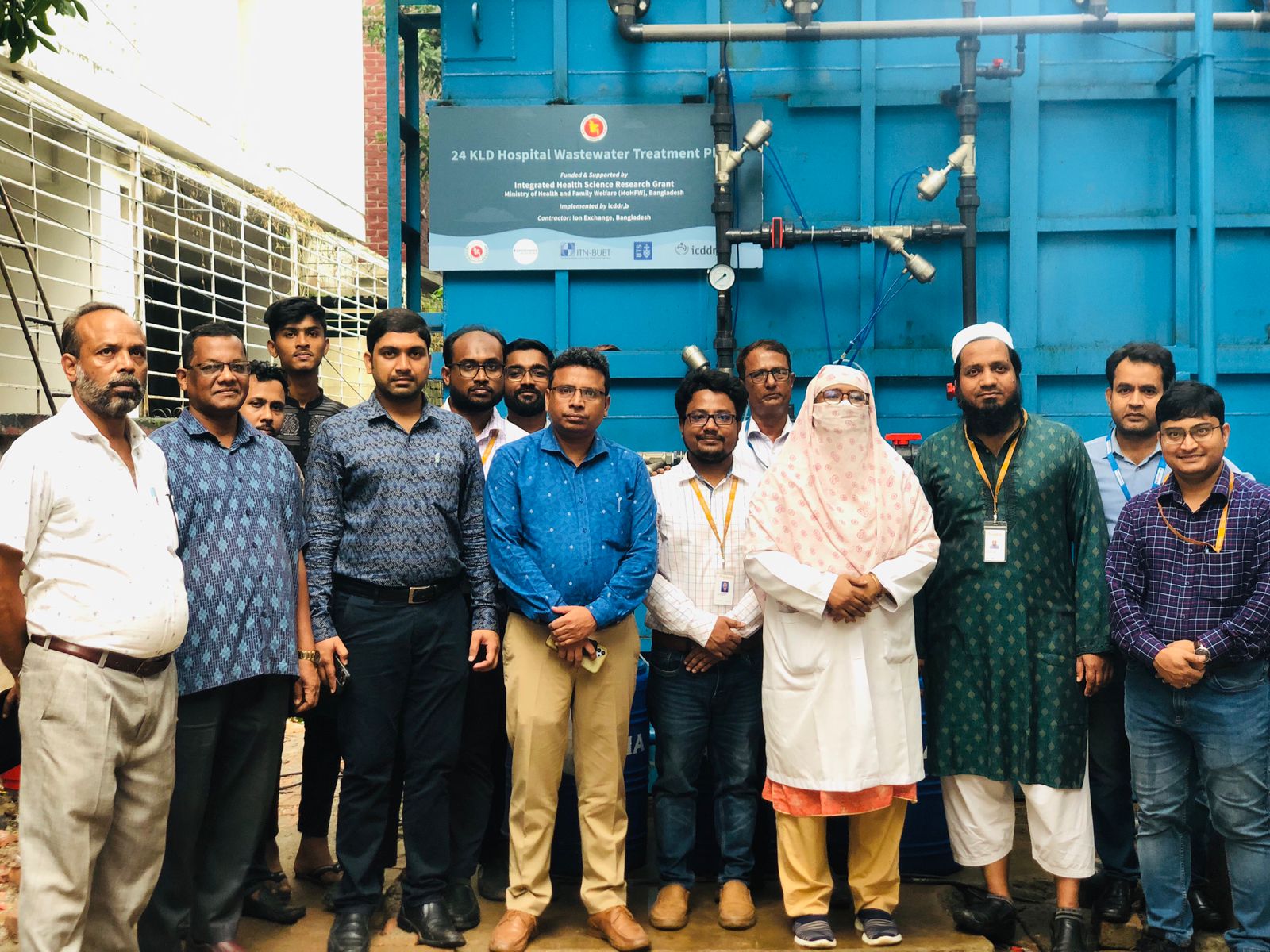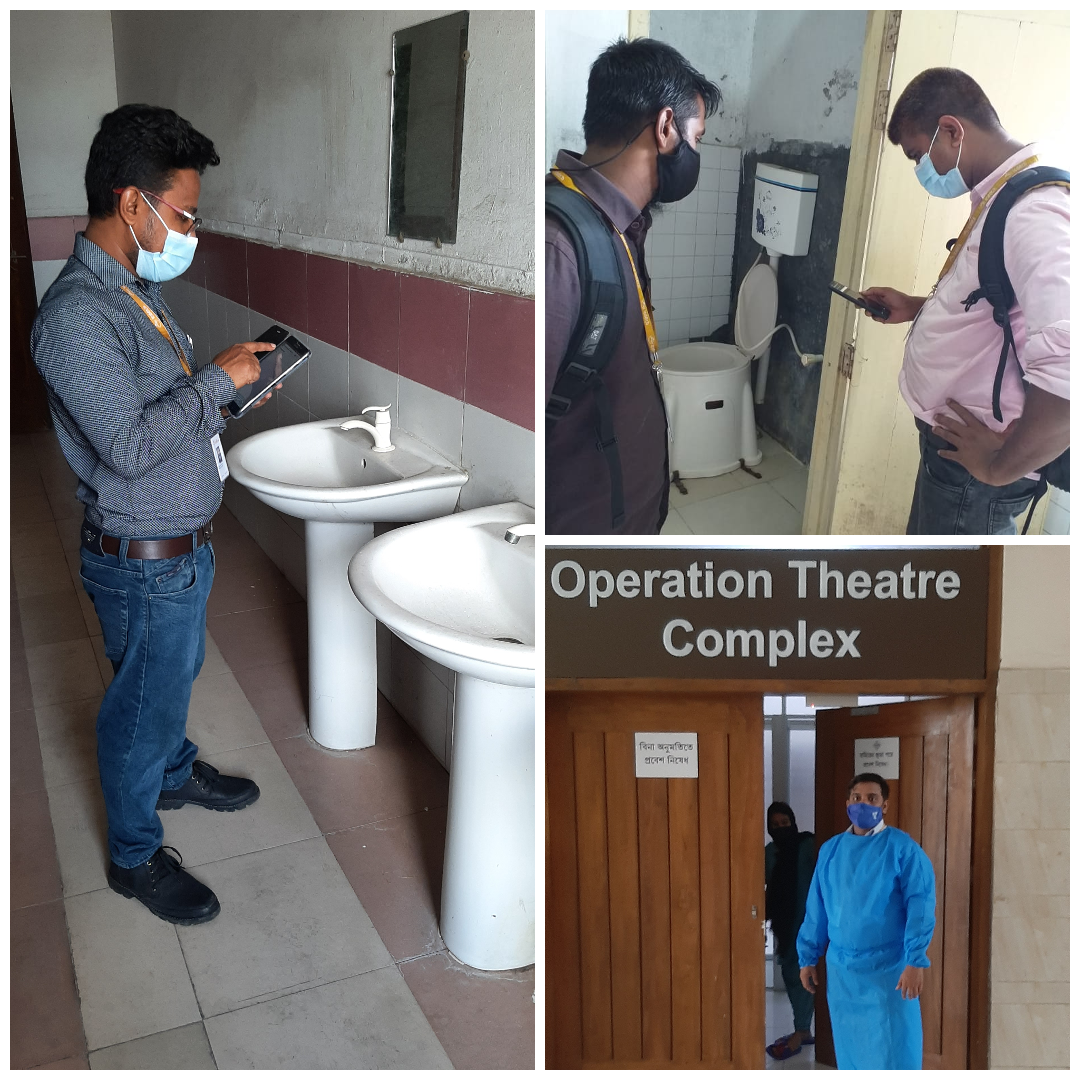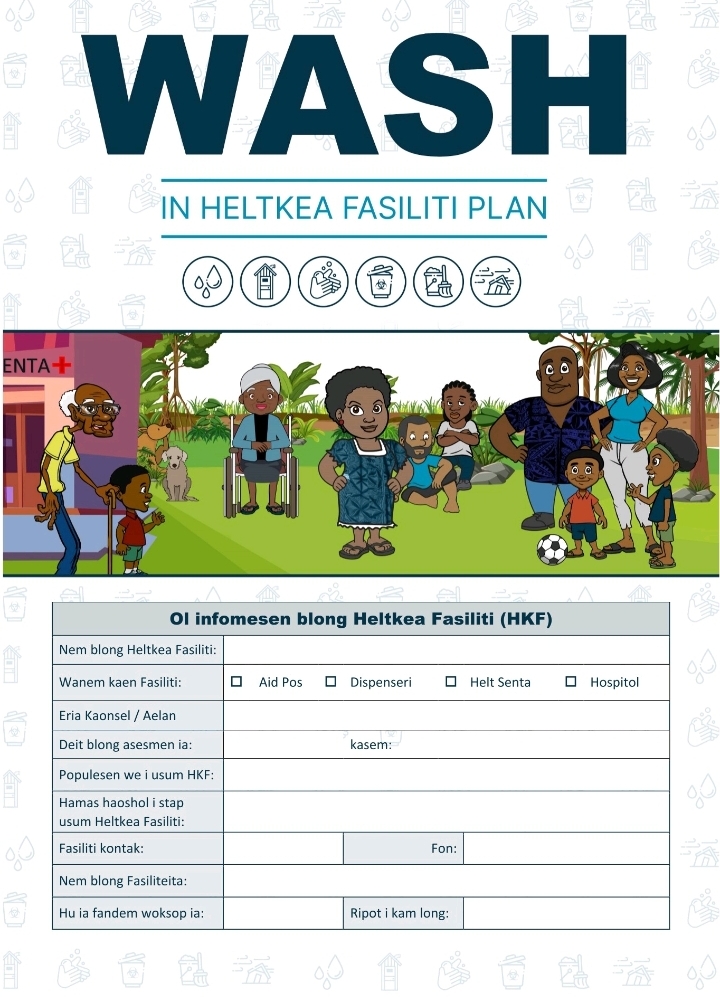
In a landmark step toward protecting public health and the environment, icddr,b, in collaboration with the University of Technology Sydney (UTS), ITN-BUET, and the Directorate General of Health Services (DGHS), has launched Bangladesh’s first low-cost, sustainable hospital wastewater treatment plant (WWTP). Installed at Kuwait Bangladesh Friendship Government Hospital (KBFGH) in Uttara, Dhaka, the initiative is supported by the Ministry of Health and Family Welfare (MoHFW) through the Integrated Health Science Research and Development Fund.
The plant—based on Membrane Bioreactor (MBR) technology—can treat 24 kilolitres of wastewater per day. With a six-stage treatment process, it produces clean, reusable water for non-potable uses like gardening and cleaning. Lab results confirm the system removes 100% of key fecal pathogens such as E. coli, Vibrio cholerae, Salmonella typhi, and AMR bacteria, along with a 99% reduction in Rotavirus A, fully meeting the Environmental Conservation Rules (ECR) 2023 standards.
A dissemination event was held at DGHS to share key findings from the study, “Low-cost Sustainable Hospital Wastewater Treatment and Reuse for Healthcare Facilities in Dhaka.” Stakeholders, including policymakers, researchers, and health authorities, discussed the model’s potential to scale nationwide.
“This is more than a prototype—it’s a game-changer,” said Dr Md. Nuhu Amin, Principal Investigator and Associate Scientist at icddr,b. “We’re ready to replicate this across high-risk hospitals to curb disease spread and protect water sources.”
DGHS’s Line Director, Dr Md. Zainal Abedin Tito, praised the initiative as “a model for compliance and public health protection,” while BUET’s Professor Tanvir Ahmed called the system “a scalable national solution.” UTS’s Professor Juliet Willetts noted its global relevance: “This compact, low-cost system is ideal for other low-resource cities grappling with untreated hospital wastewater.”
Dr Muhammad Mizanur Rahman, Superintendent of KBFGH, added, “This project proves sustainable, affordable hospital wastewater treatment is achievable in Bangladesh.”
The success of this initiative marks a major milestone in advancing hospital sanitation and environmental compliance across low- and middle-income countries (LMICs).
Print and Online media link: The Financial Express (Print and online): https://today.thefinancialexpress.com.bd/stock-corporate/first-sustainable-hospital-wastewater-treatment-plant-launched-1740506239
Dhaka Tribune (Print and online): https://www.dhakatribune.com/bangladesh/bangladesh-environment/374650/icddr-b-and-partners-launch-bangladesh%E2%80%99s-first
Daily Sun (Print and online): https://www.daily-sun.com/post/793286

